Crop Management
All Crop Management Content
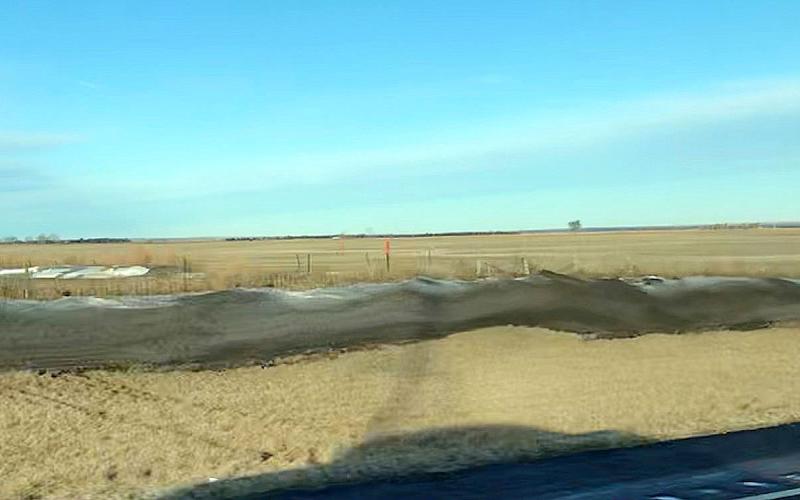
“Snirt” and How To Minimize It
Blowing soils, dust storms and “snirt” (snow with dirt on it) are frequent challenges during dry, windy winters. Learn some soil health principles to limit erosion and minimize snirt on field edges this planting season.
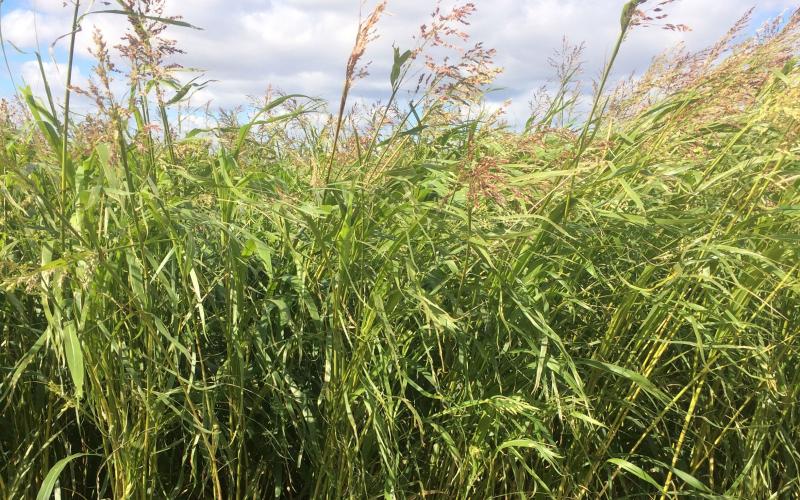
Cover Crops 2019: What to Plant When
As many Midwest producers look to cover crops to build soil health and provide supplemental forage after a soggy spring, many questions are arising regarding management decisions, specifically, species selection and planting timing.
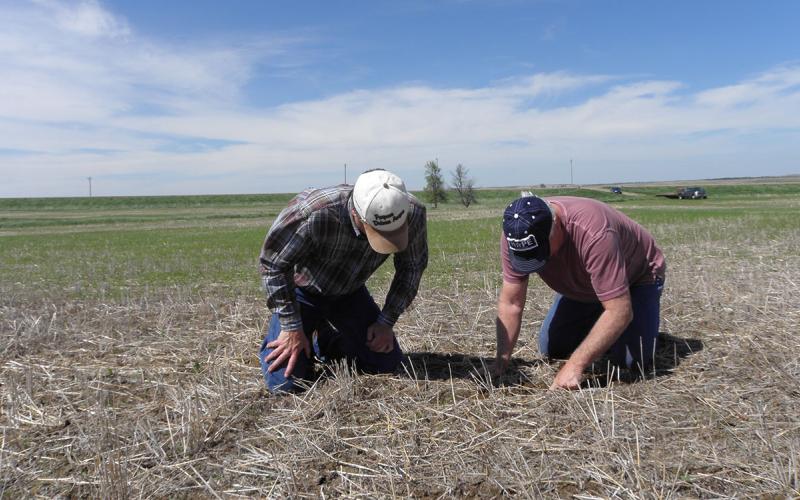
Managing Soil for Carbon Storage
Did you know that adopting soil health principles can lead to increased soil carbon concentrations? Learn about some recent studies in South Dakota that evaluated the potential of land management activities to increase soil carbon.
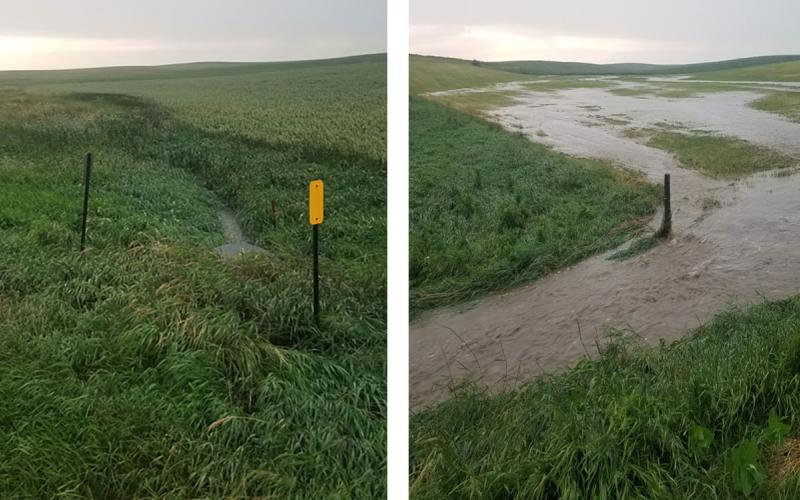
Tale of Two Watersheds
See the difference that cover crops and a no-till cropping system can have on watersheds when high winds and heavy rains impact our region. The difference in the amounts of run-off water is astounding!
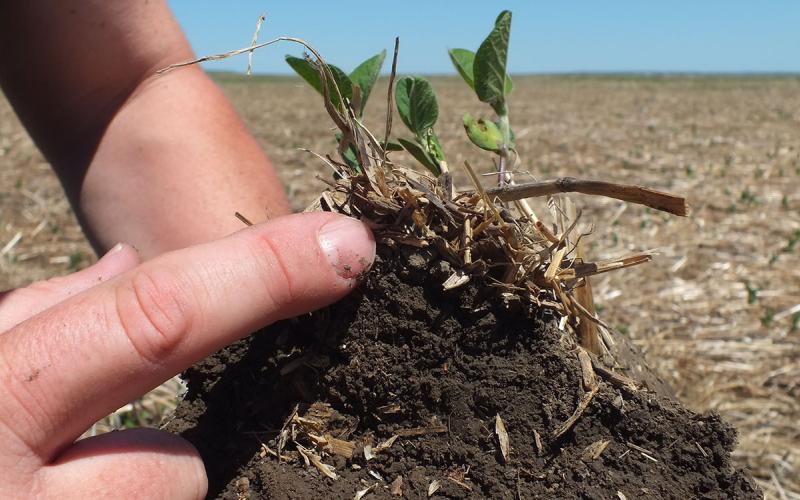
Biological Agronomy
Biological agronomy is an adaptive soil management system used to build soil microbiology through intensive regenerative practices that increase carbon and nutrient availability for profitable crop production.
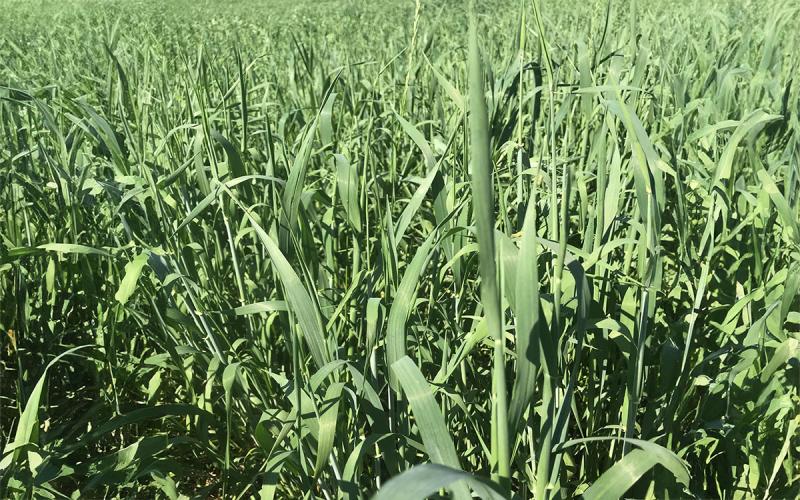
SDSU Extension releases updated crop budgets tool
February 28, 2025
Producers and financial advisors can use the spreadsheets as a template to input their own costs and get an estimate on profits. The spreadsheet includes tabs for fertilizer and pesticide and commodity estimates for different regions of the state, including high- and low-production areas.
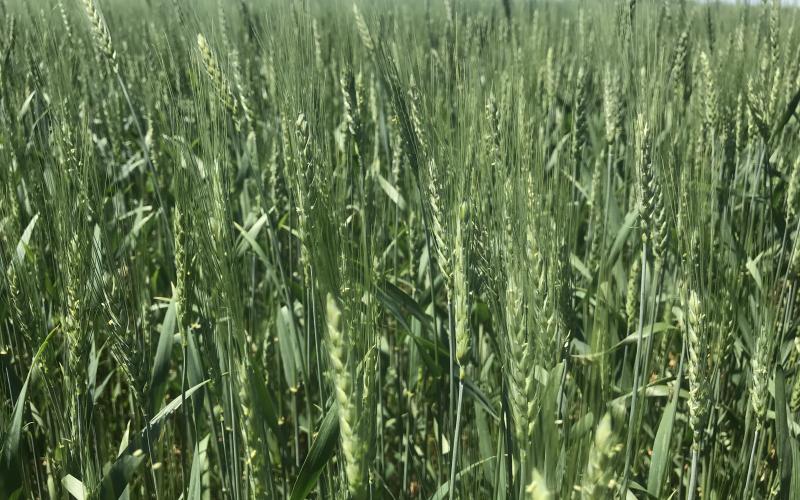
Crop Hour
SDSU Extension will deliver a series of virtual Crop Hour webinars January 7 to February 27, 2025, every Tuesday, Wednesday and Thursday from 10:00 a.m.-11:00 a.m. CST.
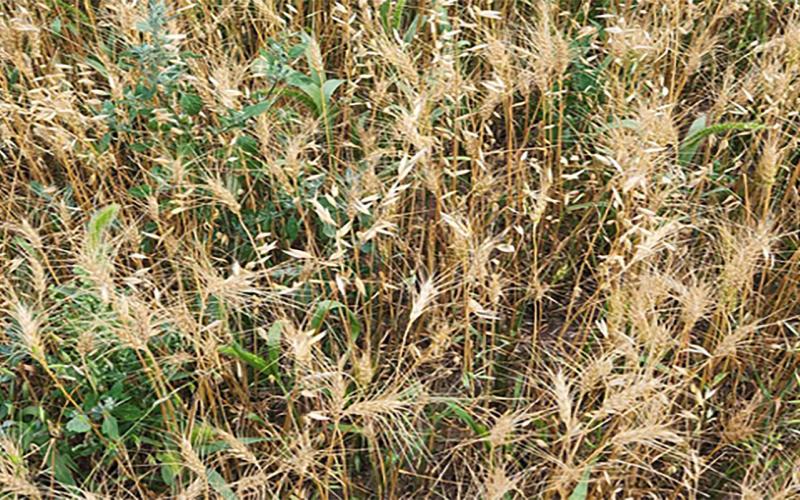
Weed Control Field Test Data
Data books to use as a reference to select appropriate herbicide(s) for row crops
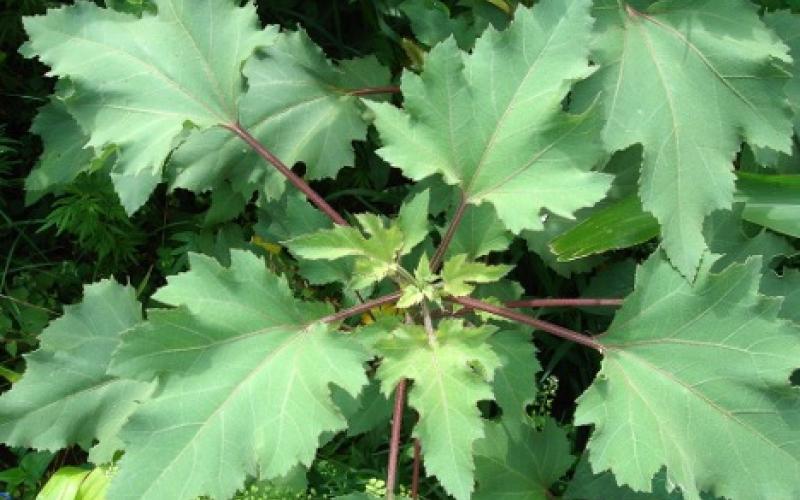
Identification and management of common cocklebur
Fact sheet to help identify and manage common cocklebur.
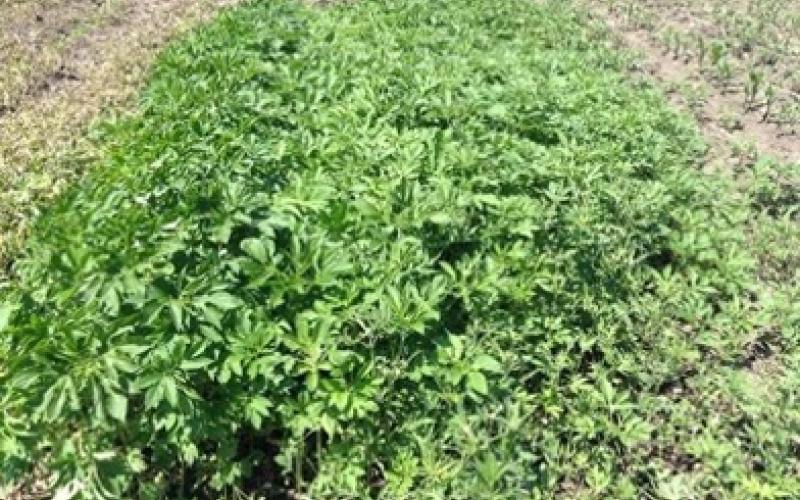
Identification and management of common ragweed and giant ragweed
Fact sheet to help identify and manage common ragweed and giant ragweed.